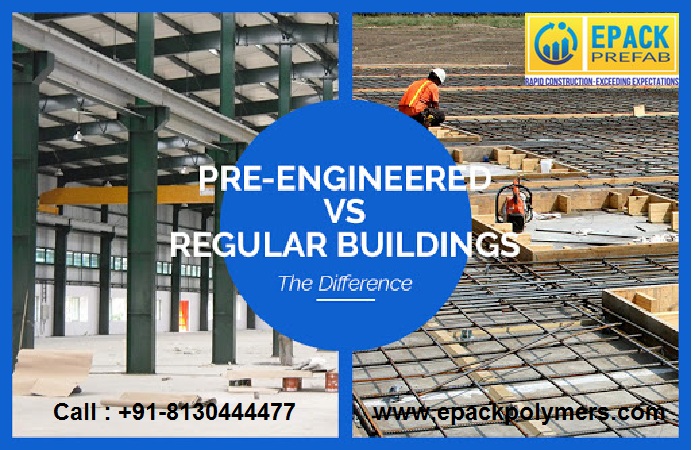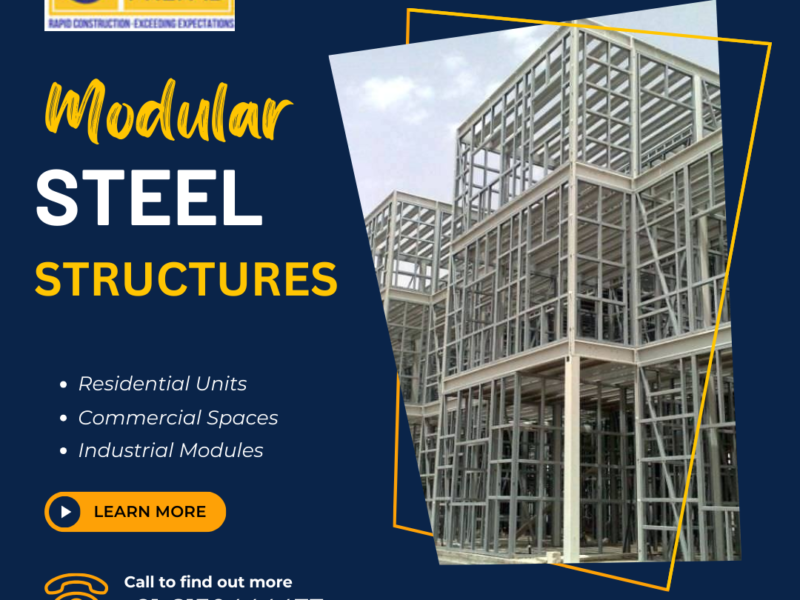What is Prefab construction and how does it compare with traditional?
Prefabricated (also known as, prefab) construction is a kind of offsite building, where building components– made up of a variety of products made use of in typical structures, such as wood, steel, as well as concrete– are sourced from construction companies as well as put together later the Jobsite.
According to a survey performed by Dodge Information & Analytics, the most compelling reasons that led participants to think about embracing prefabrication and modular building in some type consisted of:
– Enhances job schedule performance.
– Reduces building price.
– Assists deal with knowledgeable labour scarcities.
– Enhances task security.
Let’s look at these advantages of prefabrication down a little further:
- Much shorter construct times, lower threat. There are many variables that bring about building jobs taking much longer (as well as a lot more pricey) than anticipated. Severe weather conditions, for instance, can delay tasks by approximately 21%. This does not consider prospective rework, which can be as high as 5% of the contract value of your project. The bright side is, prefab can lower your job’s completion time by over a 3rd as well as, according to a survey carried out by Dodge Information & Analytics, prefab enhanced timetable assurance by 90%.
- Much more cost-effective. The inquiry on every person’s mind: Is prefab cheaper than building? Prefabrication can certainly maintain expenses down and aid restricts construction price overruns. Employees in these manufacturing facilities are normally extra productive than field building and construction employees merely due to the fact that they’re not hamstrung by external aspects and also risks. This, plus makers of these prefabbed parts have the advantage of optimized logistics lean manufacturing methods, leading to a savings of approximately 10% on overall construction costs! The cost savings you reap from adopting a prefab of some kind can be handed down to your clients or reinvested in higher-quality finishes.
- Lowers labour shortages. Those labour shortages we went over above, affecting some 44% of companies, can lengthen the conclusion time for jobs currently underway. Luckily, prefab can help with this, with practically half of GCs/CMs and also professions suggesting they will certainly be very focused on modular construction’s positive influence on managing labour force shortages.
- Enhanced project security. Let’s not forget that building and construction are also, by nature, is hazardous occupations, with 58.6% of building employee deaths being brought on by among the “deadly 4” leading reasons for private sector working fatalities (drops, being struck by an item, electrocution, as well as being caught in something or between two things industry). Offsite building assists to mitigate these hazards and is being motivated abroad for these reasons. Prefabrication not only aids you much more purposefully planning your job schedules to boost performances but however also, ranks initially in Dodge Data & Analytics study as the most compelling factor to raise the use of prefabrication, with 86% of participants citing general safety and security raised.
- Higher quality. Parts are produced in temperature-controlled factory settings held to the greatest standard and also rigorous quality control, comparable to what you would anticipate from an automobile plant; prefabrication lowers blemishes connected with rough exterior climates as well as other outside variables, as well as delivers display room quality pieces.
- Reduced environmental influence. Prefab is normally associated with raising production effectiveness as well as reusing, as well as reducing waste and discharges, which all translates right into “far better for the environment”.


